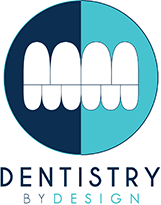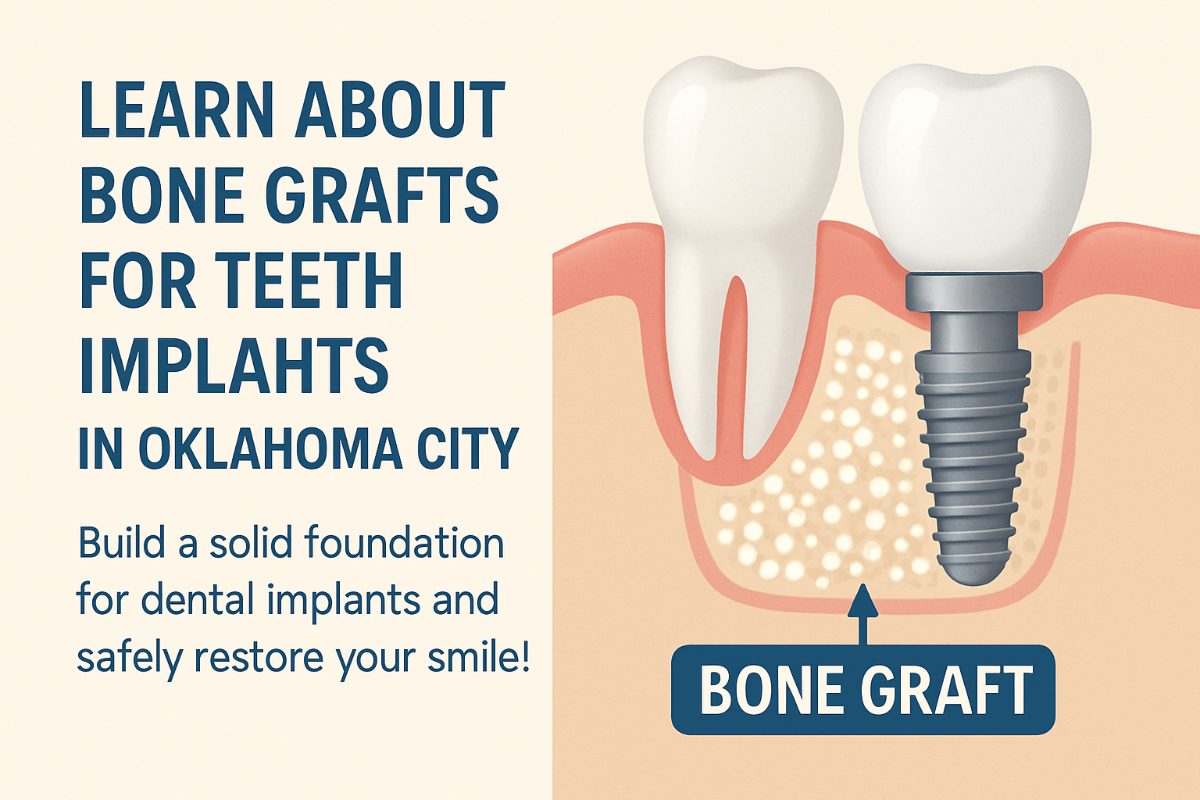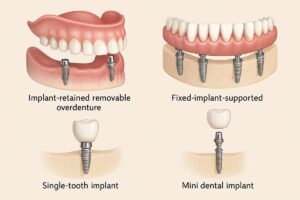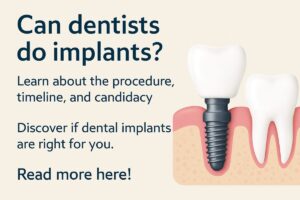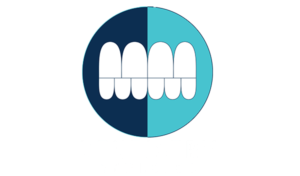Planning dental implants often means checking whether you have enough jawbone to hold a post. A bone graft for teeth implant rebuilds or adds bone so implants are stable and long-lasting. In this guide you’ll learn what a bone graft is, who typically needs one, what the procedure and recovery look like, typical risks, cost factors, insurance realities, and clear next steps for care.
What is a bone graft for teeth implant?
A bone graft for teeth implant is a procedure that adds bone or bone-like material to the jaw to restore lost bone volume before or during implant placement. The goal is to create a solid foundation so the implant fuses with the jaw and supports a crown, bridge, or full arch.
Common types of grafts:
- Autograft — bone taken from your own body (often the chin or hip); highest compatibility.
- Allograft — donor human bone from a tissue bank; avoids a second surgical site.
- Xenograft — bone from an animal source (usually bovine) processed for safety; provides a scaffold for new bone.
- Synthetic — man-made materials that encourage bone growth; used when lower volume is needed.
Which type is used depends on how much bone you need, your medical history, and the dentist’s recommendation.
Who needs a bone graft before dental implants?
Not everyone needs a graft. Patients who commonly need a bone graft for teeth implant include those with:
- Long-term tooth loss where the jawbone has shrunk over time
- Advanced gum (periodontal) disease that caused bone loss
- Facial trauma or injury that damaged the jawbone
- Bone resorption after extraction when immediate implant placement wasn’t done
Signs you may need grafting include an X-ray or CT showing thin or low bone, a sunken bite or cheeks, loose gums, or difficulty supporting a denture. Your implant dentist will confirm needs with digital imaging and a clinical exam.
What to expect: the procedure, recovery, and risks
Typical steps in a bone graft workflow:
- Pre-op imaging (digital X-rays or CBCT) to map bone volume and plan the graft.
- Local anesthesia or conscious sedation; IV sedation may be offered for comfort.
- Placement of the graft material and securement with membranes or screws when needed.
- In some cases, the implant can be placed at the same time if there is enough stable bone.
Recovery timeline:
- First 48–72 hours: swelling and mild discomfort — ice, rest, and prescribed pain control help.
- Diet: soft foods for 1–2 weeks; avoid chewing at the graft site until cleared.
- Healing: new bone forms over 3–6 months before implants are fully loaded in many cases.
- Follow-up visits: regular checks to confirm graft integration and plan implant placement.
Common risks include infection, partial graft failure, prolonged swelling, or nerve irritation. These are uncommon when performed by trained providers and managed with antibiotics, gentle care, and prompt follow-up. Overall, a successful graft greatly improves the long-term success rate of dental implants.
Cost, insurance, and next steps to get implants
Cost factors for a bone graft for teeth implant in Midwest City, OK include the graft type, how much bone is needed, whether the implant is placed at the same time, and provider experience. Simple socket grafts cost less than large block grafts or bone harvested from another site.
Insurance often covers grafting partially if it’s medically needed, but coverage varies. Many practices offer financing (CareCredit, Cherry, Proceed Finance) and will provide a written treatment plan and cost estimate so you can compare options. Always ask for a breakdown of fees: graft, implant placement, restoration (crown), and follow-up care.
If you suspect you need a graft, start with a consultation. A qualified implant dentist will review your health history, take digital images, explain options, and give a clear timeline and cost estimate. For patients seeking care nearby, Dentistry By Design evaluates bone needs and offers digital planning, sedation options, and in-house surgical suites to streamline treatment. To learn if a bone graft for teeth implant in Midwest City, OK is right for you, schedule a consultation to get a personalized plan and written estimate.
